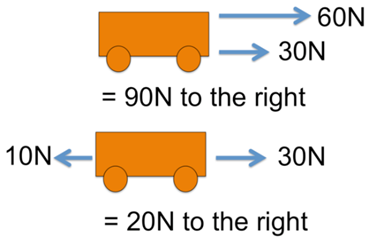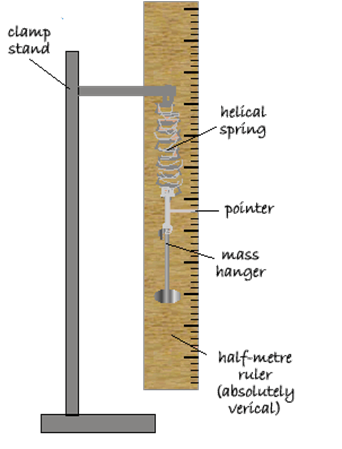(c) forces, movement, shape and momentum
1/27
Earn XP
Description and Tags
Name | Mastery | Learn | Test | Matching | Spaced |
|---|
No study sessions yet.
28 Terms
effect of forces between bodies such as changes in speed, shape or direction (1.11)
uh…. well….
friction (1.12 / 1.16)
occurs when two surfaces move across each other. frictional forces oppose motion, preventing two surfaces from sliding over each other
air resistance (1.12)
type of frictional force. air opposes the motion of the object, leading to air resistance - the faster the object is moving, the more air resistance it will experience
tension (1.12)
occurs when objects are stretched - usually happens in ropes, cables, string etc. when an object e.g. a ball is suspended from another object e.g. a rope, there are two forces involved: the force acting downwards and the tension force acting upwards in the rope to keep everything in place
normal contact force / reaction force (1.12)
occurs when objects are touching at rest. perpendicular to the surfaces in contact.
gravitational force (1.12)
attractive force. helps to define the weight of an object rather than just the mass.
electrostatic force (1.12)
occur between charges. electrostatic forces between opposite charges will lead to attraction, forces between similar charges will lead to repulsion
magnetic force (1.12).
occur due to electromagnetic forces. experienced when a charged particle moves in a magnetic field. opposite charges => attraction, similar charges => repulsion
scalar quantities (1.13)
scalar quantities only have magnitude e.g. temperature, mass, energy, distance, speed, density
vector quantities (1.13 / 1.14)
vector quantities have both magnitude and direction e.g. force, displacement, velocity, acceleration, momentum
calculate the resultant force of forces that act along a line (1.15)
you add forces going in the same direction and you subtract forces going in opposite directions

equation for force (1.17)
force = mass × acceleration
F = m × a
equation for weight (1.18)
weight = mass × gravitational field strength
W = mg
stopping distance of a vehicle (1.19)
stopping distance = thinking distance + breaking distance
factors affecting vehicle stopping distance (1.20)
factors affecting thinking distance: tiredness, alcohol consumption (or other substances), speed of the car
factors affecting braking distance: road conditions, tyre conditions, brake conditions, speed of the car, mass of the car
forces acting on falling objects (terminal velocity) (1.21)
let’s say we are using cupcake cases. at first, the only force exerted on the case is its weight (diagram A) → freefall. as the case’s velocity increases, the air resistance against it increases too (B). this continues until the air resistance is equal to the case’s weight, so the case is travelling at a constant speed because there is no net force, which is the terminal velocity (C)

investigate how extension varies with applied force for helical springs, metal wires and rubber bands (1.22)
set up your apparatus as shown in the
measure the length of your spring without
any hanging masses.hang a mass of 100g on the spring
measure the new length of the spring
calculate the extension of the spring
repeat steps 3-5 for increasing the mass
in increments of 100gtake note of your results in the table.

hooke’s law (1.23)
extension is directly proportional to force applied.
force = spring constant × extension
elastic behaviour (1.24)
the ability of a material to recover its original shape after the forces causing deformation have been removed
equation for momentum (1.25P)
momentum = mass × velocity
p = m × v
idea momentum to explain safety features (1.26P)
use the conservation of momentum to calculate the mass, velocity or momentum of objects (1.27P)
equation for force (1.28P)
force = change in momentum / time taken
F = (mv - mu) / t
newton’s third law (1.29P)
whenever two objects interact, the forces they exert on each other are equal and opposite
equation for moments (1.30P)
moment = force × perpendicular from the pivot
(1.31P)
(1.32P)
(1.33P)